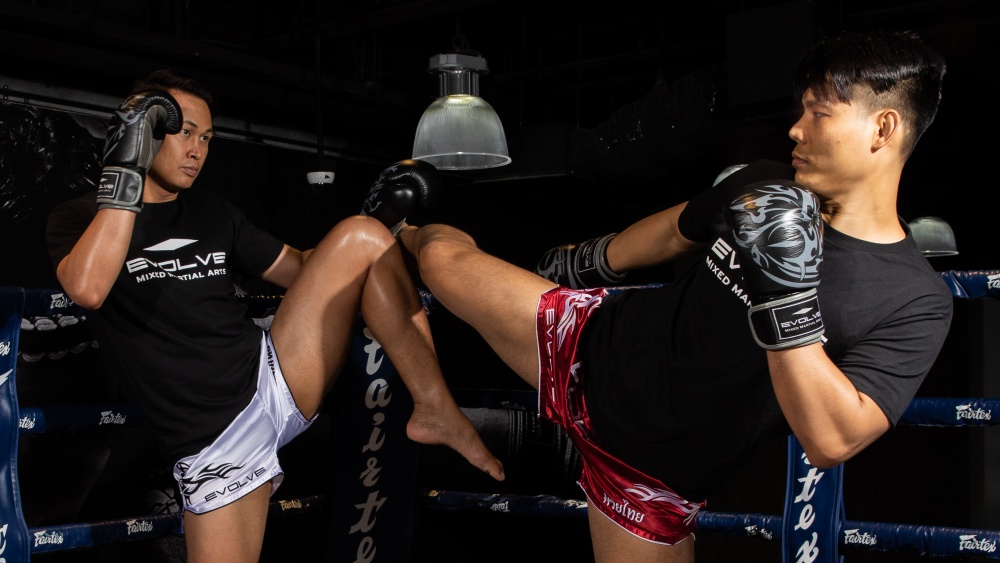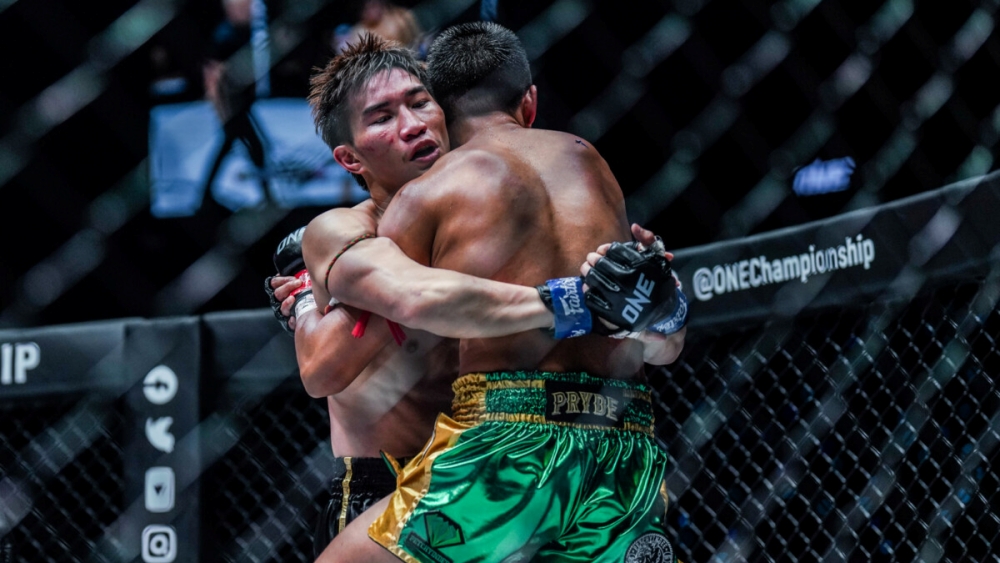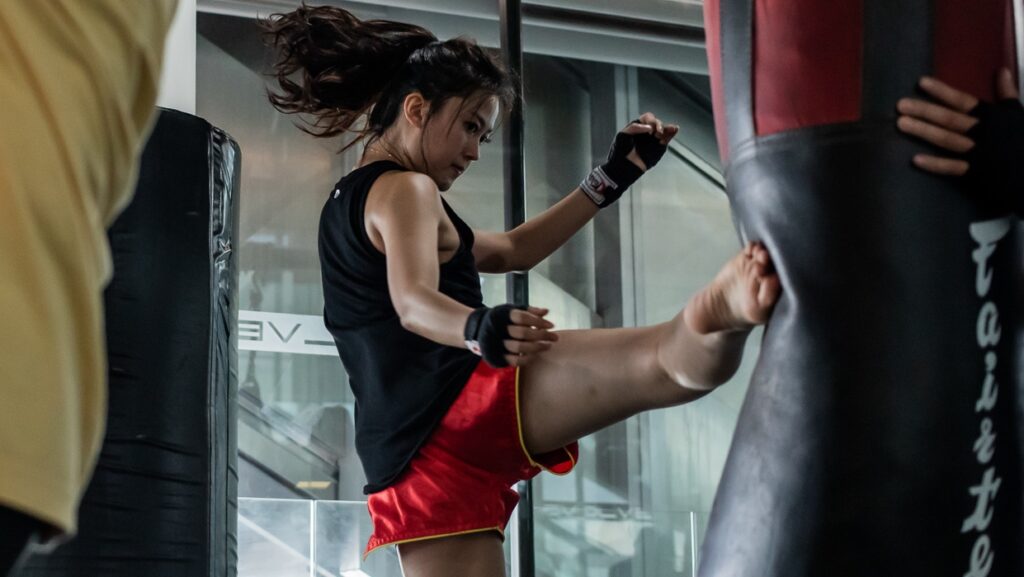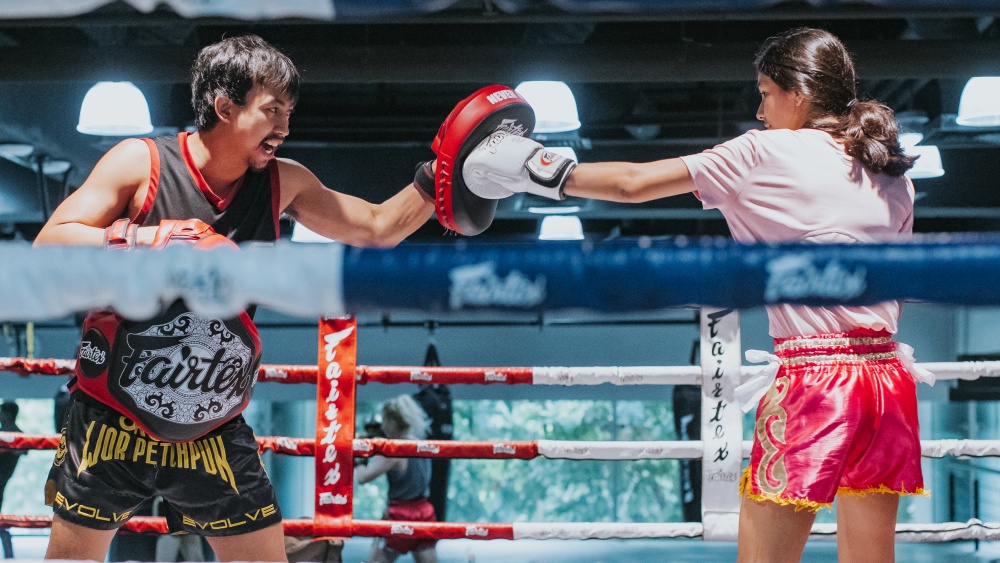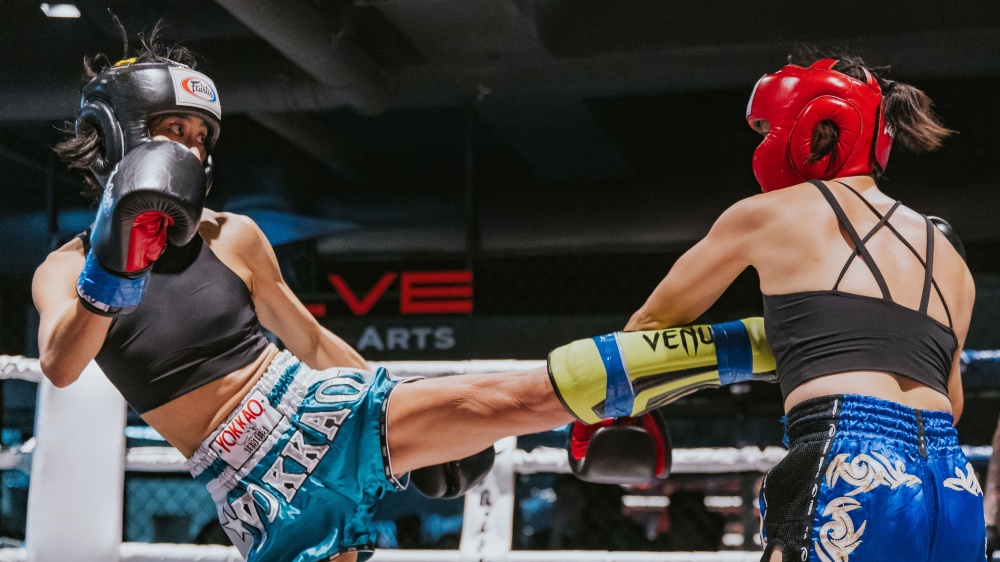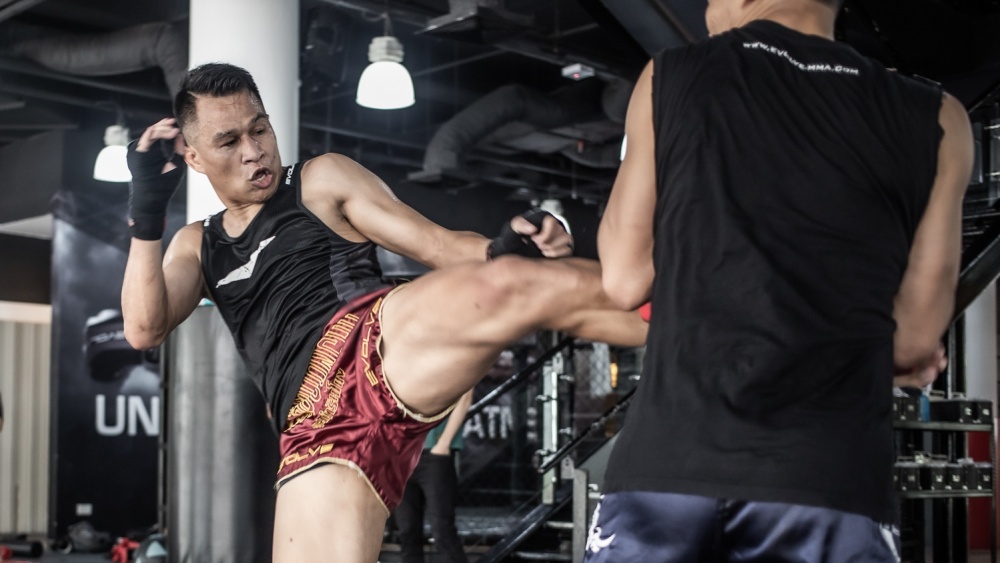Muay Thai allows practitioners to use their hands, legs, knees, and elbows, making it one of the most effective striking arts ever developed. As a Muay Thai fighter, you have to know how to defend yourself from these weapons and the countless angles they might come at you.
This article will explore some of the basic blocking techniques used in Muay Thai. Master them, and your sparring partners and opponents will have a challenging time landing clean shots on you. These defensive techniques also come in handy if you find yourself in a self-defense scenario.
The Basic Blocking Techniques Used In Muay Thai
Ready to improve your ability to defend against punches, kicks, knees, and elbows? Here are some essential blocks you should master:
1) The Shin Block
The shin block is one of the first defensive techniques many Muay Thai students learn. It is used to block low kicks, one of the most used attacks in Muay Thai competitions. The shin block is also used to block roundhouse kicks to the torso. It’s a simple technique to master, so even beginners can start using it immediately.
The technique can be performed with your lead or rear leg, based on the attack’s direction.
Here’s how you perform a shin block when your opponent throws a low kick at you:
- From your fighting stance, bring your knee up until it is slightly inside your elbow. Your elbows should be close to your body.
- Turn your hips, so your shin is facing at a 45-degree angle away from you.
- Raise your knee as high as you need so that your opponent’s kick lands in the middle of your shin.
- Don’t bend your torso while performing this technique. You want to remain as upright as possible. Drill this technique relentlessly until it becomes something you naturally do when a low or body kick is thrown at you.
2) Covering Up
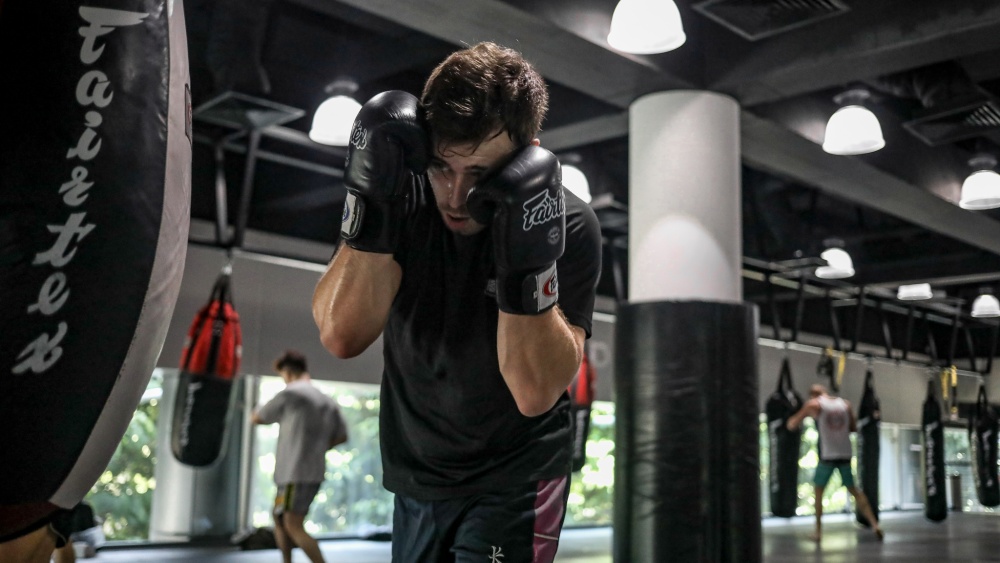
“See no evil, hear no evil, speak no evil” is a popular saying in many Muay Thai and boxing gyms. It is used to teach students the basics of covering up.
See No Evil
This is the most basic blocking technique for defending against punches and elbows. You simply bring your gloves to your face and keep your elbows close. It’s a rudimentary blocking technique that significantly reduces your ability to counter your opponent’s strikes or even see where they are coming from. Still, it’s an effective way to defend against straight punches, uppercuts, and elbows aimed at the front of your head.
Hear No Evil
This is the basic covering-up technique for blocking hooks and other swinging attacks aimed at your head. It can even be used to defend against roundhouse kicks to the face, but instructors typically don’t recommend it since the force behind such kicks can still be enough to cause a knockout or break an arm even when it’s blocked.
You simply bring your gloves to your ears to use this blocking technique and keep your elbows tight. It also limits your ability to counter, but not as much as covering up your face does. It’s an effective way to stop attacks that target the side of your face, like hooks or horizontal elbows.
Speak No Evil
This blocking technique is used to defend against attacks that target your jaw and other attacks to the top half of your torso. To use this block, bring your hands to your face to cover your mouth and keep your elbows close and tight.
It gives you more opportunities to counter than the two other blocking techniques discussed above since your movement and vision aren’t restricted. You can still see attacks coming, and you can quickly move your head away from the centerline in this position.
3) Elbow Block
Muay Thai fighters block punches and kicks to their body with their elbows. It’s a simple blocking technique to learn. From your fighting stance, you bring your elbow downward to shield that side of your body. You can bend at the torso using this block.
A cool thing about blocking body shows with your elbows is it puts you in an excellent position to counter using the same arm. The key is to fire off the counter as soon as your opponent’s attack touches your elbows. That way, you catch them while they’re still bringing their hand back to protect their face. You can counter with a straight, uppercut, or hook.
4) Double Forearm Block
The double forearm block is a valuable defensive technique that takes a lot of power off straights, hooks, uppercuts, and elbows. There’s not much to it; you simply bring both arms to your face horizontally. Some fighters like to transition into it from the long guard.
The double forearm block also serves as an entry point for clinch positions. It keeps you moderately protected while you close the distance on your opponent. The double forearm block can also be used to protect your body against punches and kicks. Just keep in mind that bringing both arms to your body leaves your head extremely vulnerable. A savvy opponent might feint just to get you to drop both hands towards your body before firing a powerful shot to your head.
5) The Foot Block
This is a more advanced blocking technique, but it’s an effective way to stop an opponent’s kick before it gains momentum. The technique can also be used to stop knee strikes. It involves using your heel to stop the forward momentum of an opponent’s thigh, knee, or foot as they throw a strike at you.
To execute the block, you simply perform a push kick on your opponent’s thigh, foot, or knee as they start throwing a kick. The thighs are typically the biggest target, so most fighters aim for them. The point of this block is to impede the progress of your opponent’s leg as they throw a kick. This technique will often leave your opponents off-balance, so follow through with some offense while they’re compromised.
You may also like:
